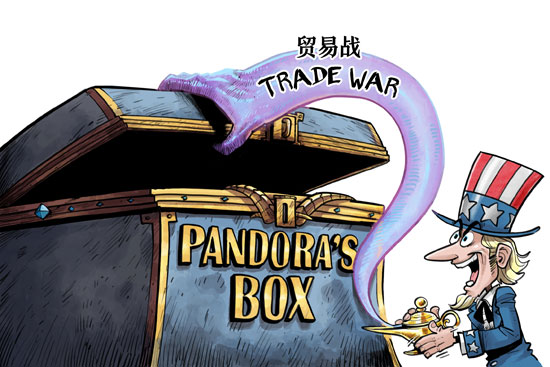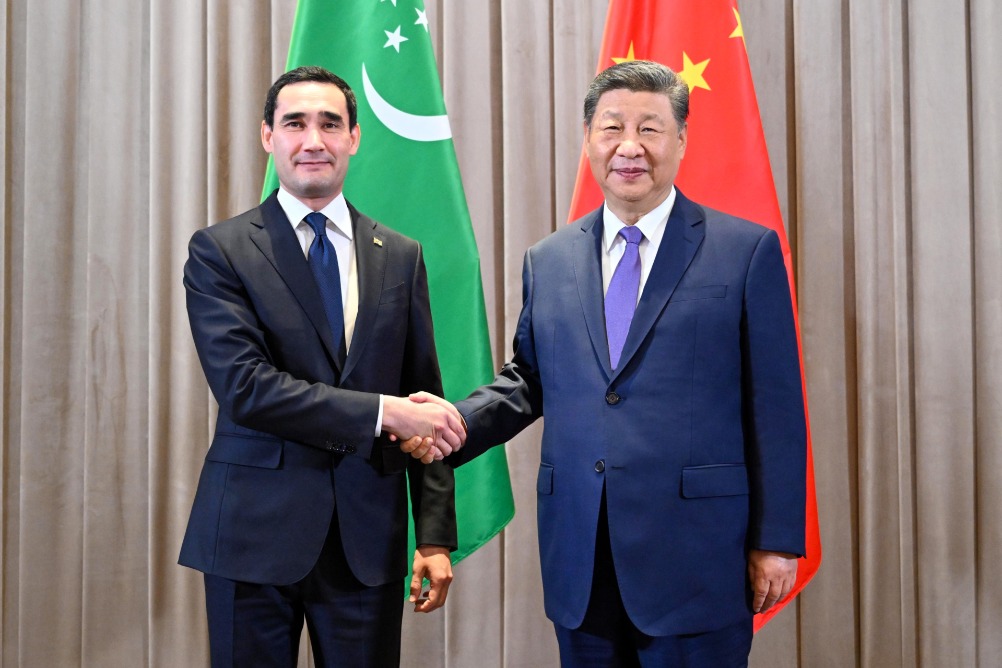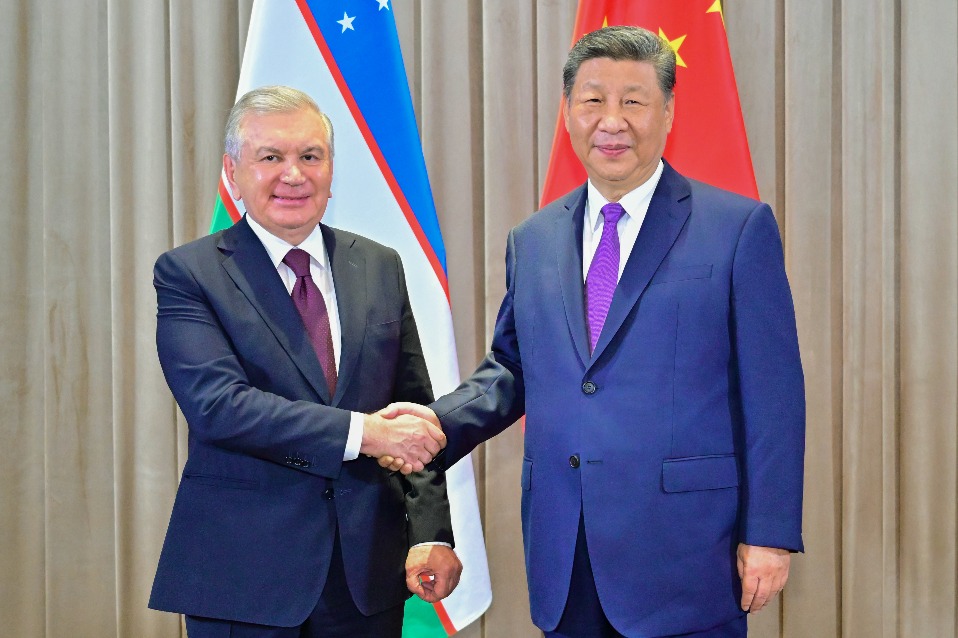It’s high that time China, US talked


China and the United States are engaged in striving to revive their respective country’s fortunes. US President Donald Trump’s top priority is to “make America great again”, while China’s leaders have a vision of the “Chinese Dream” of national rejuvenation.
Last year, President Xi Jinping announced a broad vision of China as a leading world economic power by the year 2050, which is not impossible to imagine, though it would require further major political and economic reforms to achieve ambitious goals, including the rule of law, innovative companies, clean environment, expanding the middle-income group, adequate public transportation, and reduced urban/rural income disparities.
Are the two dreams compatible? Can the US and China both become “great again”, or must one succeed by forcing the other to fail?
For the past 40 years since China introduced the policy of reform and opening-up, the belief of dominant policymakers in China and the US has been that their economies can only prosper by working together. Proponents of the alternative policy — keeping China poor to ensure that it stays weak — were thin on the ground, and were (fortunately) not listened to.
A richer China will be more beneficial to US
The consensus in the US was that a richer China would be a peaceful China, and an enormous market for US products and services. This point of view still predominates, despite the current shenanigans.
Over this time, the trading relationship between China and the US has gone from almost non-existent (resulting from the embargo imposed on China in 1950 during the Korean War) to a close interdependence that has enabled China to industrialize and prosper while providing the US with a plethora of lower-priced products. Consumers in the US often complain that too many of the things they buy are “Made in China”, but they continue to buy them in great quantities.
So it might have come as a surprise to some in China during the 2016 presidential election in the US when one of the candidates devoted much attention to accusing China of being an “economic enemy”, saying that, “We can’t continue to allow China to rape our country, and that’s what they’re doing. It’s the greatest theft in the history of the world,” and promising to slap high tariffs on imports from China to slash the US’ trade deficit with that country and bring jobs back to the US. Perhaps the bigger surprise was that this candidate won the election.
During his first year in office, Trump did not back down from his threat to punish China with tariffs, but neither did he put it into practice. His initial priorities were domestic policies such as abolishing “Obamacare” (the Patient Protection and Affordable Care Act implemented by former US president Barack Obama), and introducing tax reform, while foreign policy was dominated by the threat of the Democratic People’s Republic of Korea’s nuclear program and continuing wars in the Middle East. In addition, his top advisers were broadly against trade protectionism.
So what changed in 2018?
Having shelved or dealt with the domestic issues, Trump in recent weeks replaced his secretary of state, chief economic adviser, and his national security adviser, with hawks and protectionists. He now has a team that will back, not block, his moves to start a trade war.
US fired first salvo that could lead to trade war
The first salvo in this battle was the imposition of an additional 25 percent duty on steel and an additional 10 percent on aluminum imports from all countries apart from its North American Free Trade Agreement partners Canada and Mexico, starting on March 23. The US has backed down on these tariffs in the case of some allies, but not in the case of China, because it wants to stop what it sees as China flooding the world with cheap steel.
The next stage was the announcement on March 22 of further tariffs on a wide range of imports from China, coupled with restrictions on technology transfer. The tariffs are to be imposed on about $50-$60 billion of Chinese goods, partly as punishment for alleged violations of US intellectual property rights by China.
And on Tuesday, the office of the US Trade Representative issued a list targeting 1,300 Chinese products, but there will be a discussion period before implementation. In response, the Chinese Ministry of Commerce announced on the same day that Beijing has decided to impose tariffs on 106 items originating in the US.
Sooner the two sides talk the better for all
The stage therefore seems set for further exchanges of negative trade measures. There is no question that a sustained China-US trade war would cause huge damage to the world economy. As a result, stock markets, led by those on the New York Stock Exchange, have fallen from their recent peaks. There is no doubt that an escalation of these exchanges between the two largest economies in the world would hurt everybody, starting with the two countries themselves.
The two sides might eventually resort to negotiation, in which case, incidentally, China has intimated that it would offer concessions, no doubt including ones that will benefit China as well as the US (for example, better protection of intellectual property, and further opening up to foreign investment in services).
The sooner such talks start, the better!
The author is former chief economist, Asia and Hong Kong Bureau chief of the Economist Intelligence Unit and senior economist in the OECD’s Investment Division, where he worked with China to improve its policies toward investment.


































